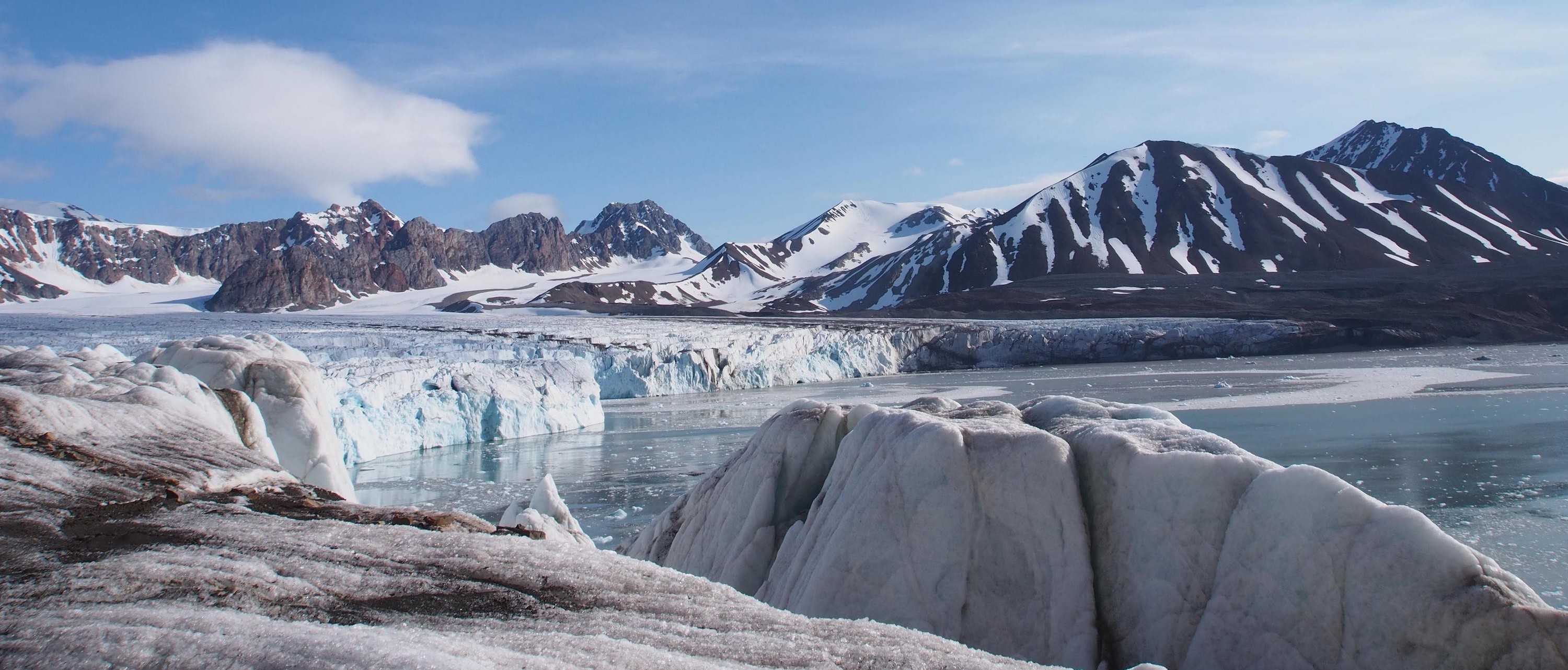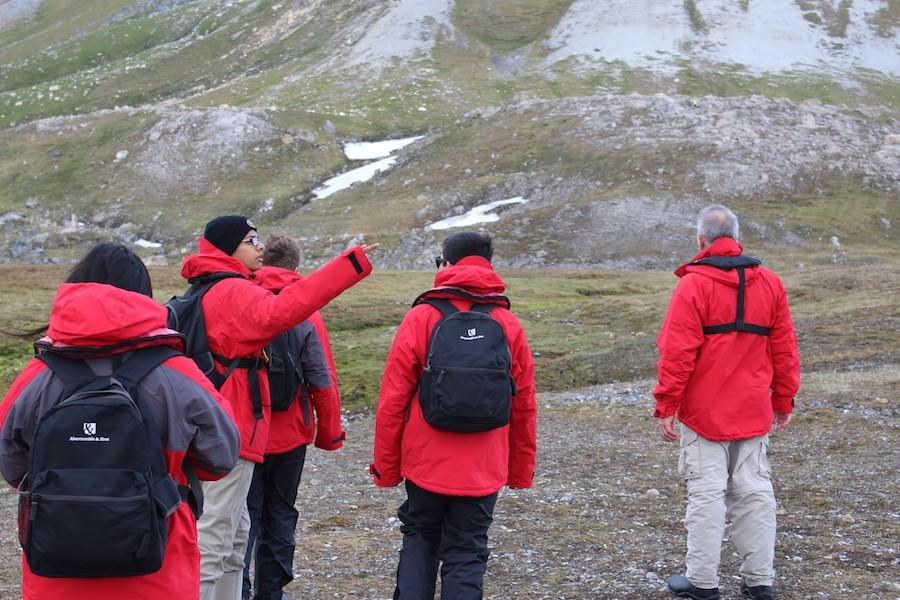On top of the world
Summer Arctic research expedition explores climate change
September 2, 2015
The natural snow-capped mountains rise slowly out of the fog as senior Stephanie Huang’s plane prepares to land, completing the small one hour journey from Norway to a settlement in Svalbard called Longyearbyen. As she exits the flight, the first thing she notices is the pristine, unmarred environment, characteristic to only the most remote of places on the planet.
She joins the remainder of her group, 11 other Harker students and two faculty members, and prepares to embark upon the journey of a lifetime. For the first time in school history, she and her fellow explorers have the opportunity to tour and research the Arctic.
This summer, while others were browsing Facebook and dreading the return of homework assignments, 12 students visited the Arctic on a biology trip from July 14 to July 29 to research and explore the effects of climate change.
Each of the students who attended the trip carried out research projects of their own, with help from Science Department Chair Anita Chetty and biology teacher Dr. Gary Blickenstaff.
Stephanie, who studied the changing migratory patterns of reindeer, enjoyed both the opportunity to perform unique research in the field and the chance to meet with other researchers.
“Most of [the researchers have worked] on this exact cruise line for around 10 to 20 years, and they would tell us all these stories about polar bear encounters, or their own research,” Stephanie said. “The cool thing was that we also got a lot of opportunities to meet the captain and talk with them and we got to work closely with the crew on our projects.”
Apart from having the opportunity to do field research, the trip also offered several lectures directly on the ship, covering topics from geology to Arctic geography and wildlife.
Junior David Zhu said that he appreciated the ability to both perform research and attend the lectures, as they were each informative in their own ways.
“The lectures were very informative and really helped us understand the changes occurring, but field research is its own experience,” he said.
Beneath the Arctic’s deceptively beautiful landscape lies the serious problem of global warming, which has a variety of detrimental effects from damaging polar bear habitats to causing unprecedented flooding. According to NASA, arctic sea ice is decreasing at a devastating rate of 13.3 percent per decade.
 Photo provided by Stephanie Huang
Photo provided by Stephanie Huang
On the trip, students had the opportunity to research the effects of climate change and see how it was changing the Arctic landscape.
“We got to see firsthand that climate change is a problem, and we saw ice falling off the glaciers by the tops.” Edward Sheu (12) said.
Although the location for the next climate change research trip has not been decided, the science department plans to host the expedition biannually and welcomes suggestions from the student body.
Currently, Chetty is considering a wide variety of options including Africa, Australia, and the Galápagos Islands.


